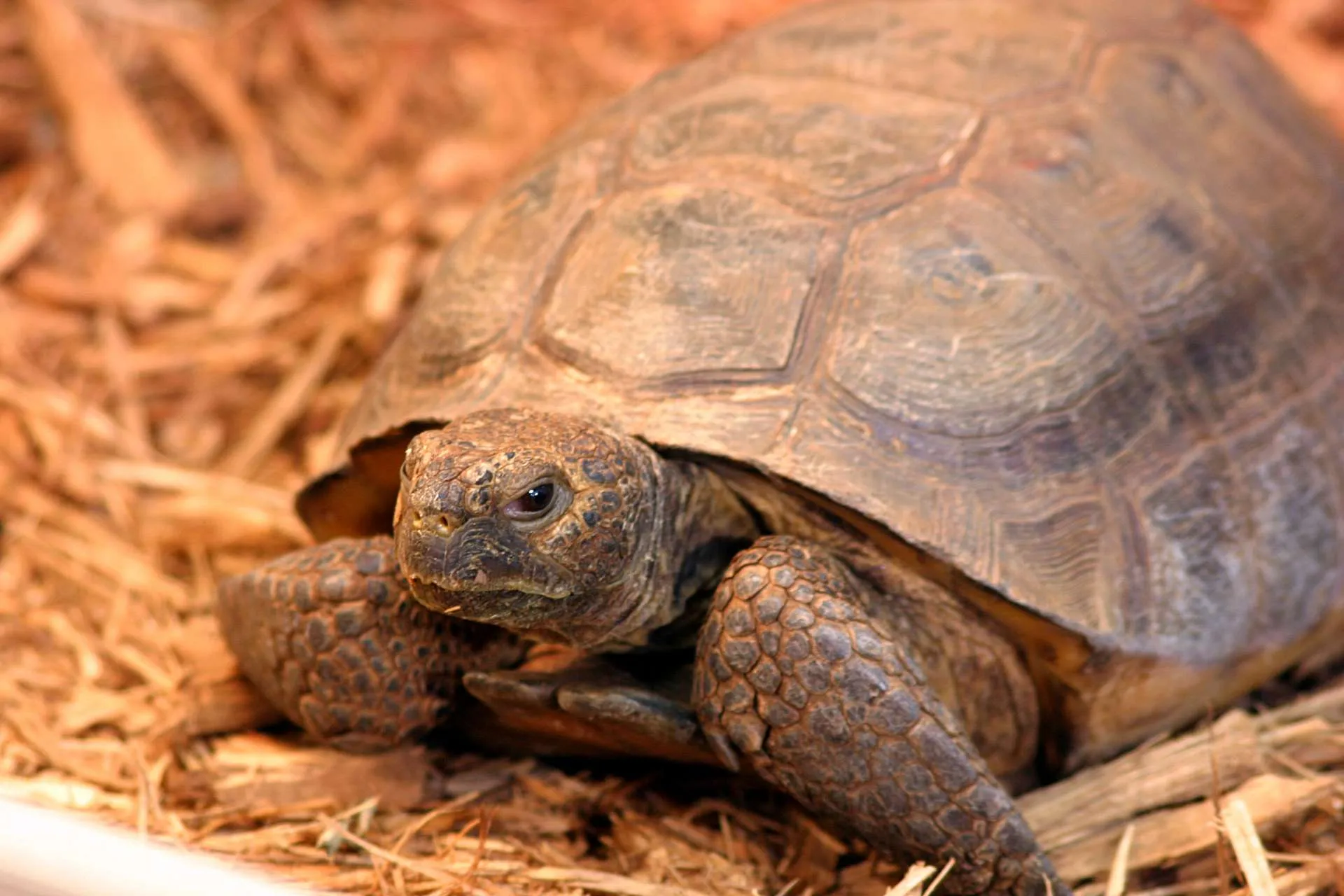What is Brumation for Tarantulas
Brumation in tarantulas is a period of dormancy, similar to hibernation in other animals, that occurs primarily in response to changes in environmental conditions, particularly temperature and photoperiod. It’s a natural process that many tarantula species undergo, especially those native to temperate climates. This period of inactivity is crucial for their health and well-being, and understanding it is essential for any tarantula keeper. During brumation, tarantulas slow down their metabolism, reduce their activity levels, and often stop eating, conserving energy until conditions improve. Properly preparing your tarantula for brumation, and providing appropriate care during and after this period, is vital to ensure they thrive.
Understanding Brumation
Understanding brumation involves recognizing that it’s a natural survival mechanism. The tarantula’s body prepares for less favorable conditions by conserving energy. This period can last several weeks or even months, depending on the species and the environment. During this time, the tarantula will not only slow down but may also become less responsive to stimuli, such as handling. It’s a critical phase in their lifecycle, ensuring they can survive periods when food may be scarce or environmental conditions are not ideal. Brumation is not a sign of illness; it’s a natural biological response to changing seasons and environmental cues. It’s important to note that not all tarantula species brumate. Tropical species, for example, often do not experience brumation due to more stable climates in their natural habitats.
Why Brumation Happens
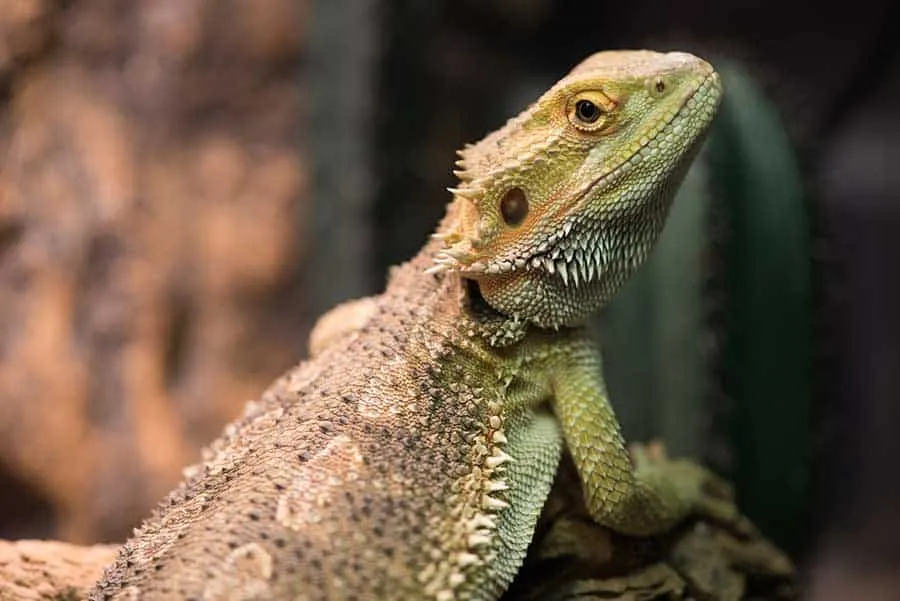
Brumation is primarily triggered by decreasing temperatures and shorter daylight hours. These changes signal to the tarantula that the environment is becoming less suitable for active foraging and growth. In the wild, food sources such as insects become less abundant during colder months. By entering a state of dormancy, tarantulas conserve energy, minimizing their need for food. Brumation also helps to regulate their life cycle, providing a period of rest before the breeding season, or the active growth phase. The duration and intensity of brumation can vary among different species and individual tarantulas, depending on their specific needs and environmental triggers. Properly replicating their natural environment is essential to the tarantula’s health.
Signs Your Tarantula Is Brumating
Recognizing the signs of brumation is crucial for providing the appropriate care. If you notice your tarantula exhibiting several of the following behaviors, it’s likely undergoing brumation. Understanding these signs will help you adjust your care routine and avoid unnecessary stress on your pet during this crucial period. It’s essential to observe your tarantula regularly and be aware of any changes in its behavior or activity levels, which will help in monitoring its health and well-being during brumation.
Reduced Appetite
One of the most common signs is a significant reduction in appetite. Your tarantula may refuse food altogether, or it may eat much less than usual. This is normal and expected. Do not force feed your tarantula if it’s refusing food; this can cause stress and potentially harm it. If your tarantula is showing other signs of brumation, a decrease in appetite is a reliable indicator. Monitor the frequency with which the tarantula eats or attempts to eat, and adjust your feeding schedule accordingly, but be careful not to force food on it. Reduced appetite is a natural part of the energy-saving process during brumation.
Slower Movement
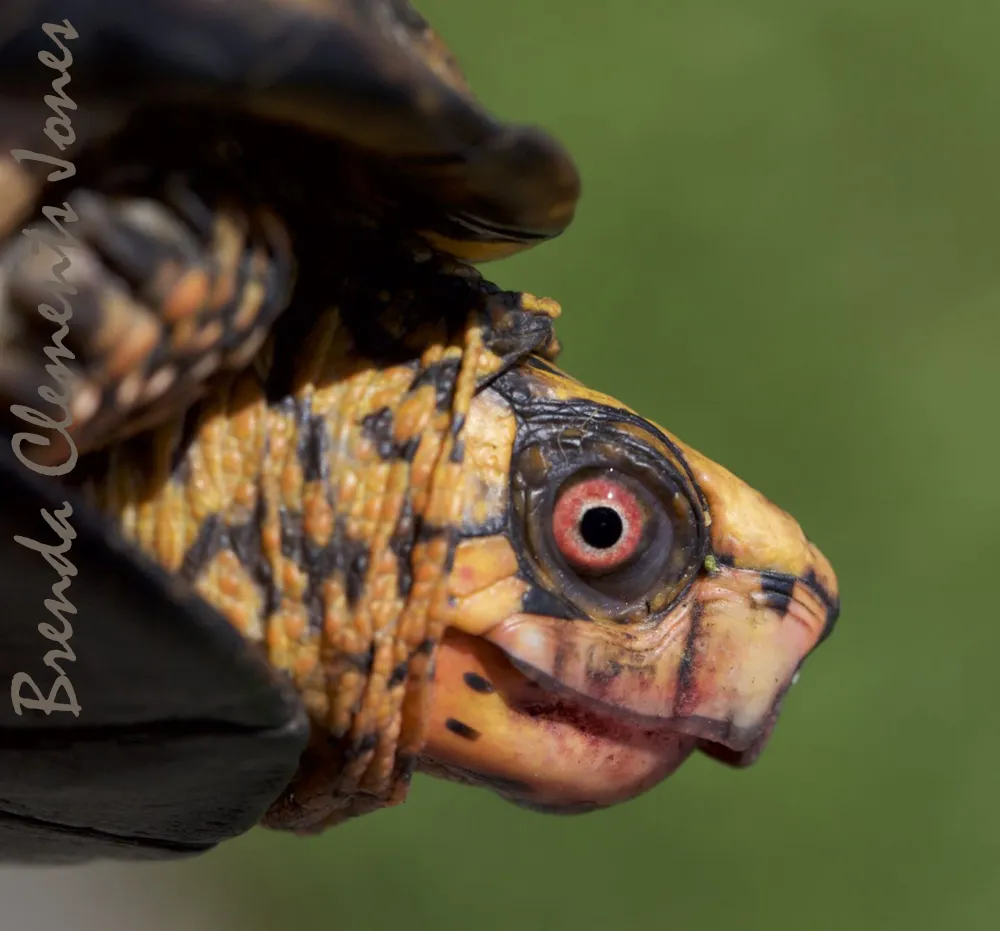
You may notice your tarantula moving much more slowly than usual. Its movements will become sluggish, and it may spend more time in a stationary position. This is because its metabolism is slowing down, and it’s conserving energy. This reduced activity is a typical behavioral change during the brumation period. The tarantula will be less likely to explore its enclosure or respond quickly to external stimuli. Slower movement is a clear indication that your tarantula is preparing for or is already in the brumation stage.
Lethargy
Lethargy is another key indicator, with the tarantula becoming less responsive to its surroundings. It may appear to be sleeping more often, spending extended periods in a single location. Lethargy is a direct result of the decreased metabolic rate during brumation. The tarantula is conserving energy and minimizing activity. If your tarantula displays lethargy combined with reduced appetite and slower movements, it’s very likely brumating. This is a natural phase, and patience is key to avoid stressing the tarantula.
Changes in Behavior
Changes in overall behavior can be observed. The tarantula might retreat to its hide more frequently, or become less defensive if you try to interact with it. During brumation, tarantulas are often less interested in their environment and more focused on conserving energy. These behavioral changes are a normal part of the brumation cycle, and understanding them will help you to adjust your care routine. Providing a comfortable and stable environment is essential for your tarantula’s well-being during this period.
How to Prepare for Brumation
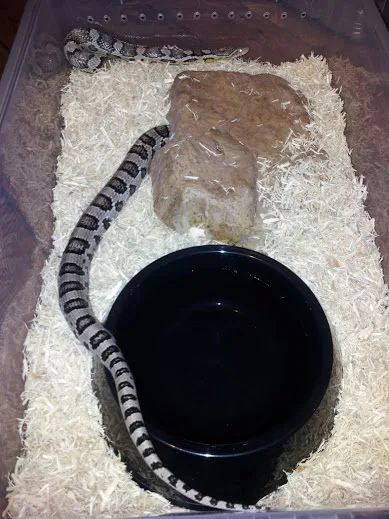
Preparing for brumation involves creating an environment that supports this natural process. You’ll need to make some adjustments to the enclosure. These adjustments will mimic the changing environmental conditions that signal the start of brumation in the wild. Proper preparation ensures that your tarantula can safely undergo brumation and emerge healthy and ready to resume its normal activities. Being proactive during this phase is crucial to your tarantula’s well-being.
Adjusting the Temperature
Gradually lower the temperature in the tarantula’s enclosure. This is one of the most important steps in preparing for brumation. Reduce the temperature by a few degrees each week until it reaches a level that mimics the cooler temperatures of the tarantula’s natural environment during the colder months. Ensure that the temperature doesn’t drop too drastically or fluctuate widely. A stable, cooler environment is essential. A temperature range of 65-75°F (18-24°C) is generally considered appropriate for many species. Monitor the temperature using a reliable thermometer and adjust as needed, keeping in mind the specific needs of the tarantula species.
Managing Humidity Levels
While temperature is crucial, humidity management is also important. Adjusting the humidity levels in the enclosure is another key step. The ideal humidity level will vary depending on the species. Maintaining the appropriate humidity helps the tarantula stay hydrated during brumation. Use a hygrometer to monitor the humidity levels regularly. Adjust the ventilation and the amount of water provided to maintain the correct range. Proper humidity control also helps to prevent potential issues like dehydration and molting problems during this period.
Providing Fresh Water

Always provide a fresh water source. Even though the tarantula’s activity is reduced, it still needs access to fresh, clean water. Ensure that the water dish is clean and readily accessible. Check the water dish regularly and refill it as needed. Using a shallow water dish helps to prevent the tarantula from drowning, especially if it’s less active. Fresh water is essential for maintaining hydration and supporting the tarantula’s overall health during brumation. Replace the water frequently to prevent the growth of bacteria and other potential contaminants.
Feeding Adjustments
Reduce the frequency of feeding. As your tarantula’s appetite decreases, adjust the feeding schedule accordingly. Offer food less frequently or smaller portions. Do not force-feed your tarantula if it refuses to eat. Observe its eating habits closely. When the tarantula is in brumation mode, it will likely stop eating altogether. If your tarantula is not eating, it’s best to stop offering food. Resume a regular feeding schedule only when it resumes its normal activity and appetite. Reducing feeding frequency helps prevent food waste and supports the tarantula’s natural brumation cycle.
What NOT to do during Brumation
There are several things to avoid during brumation to ensure your tarantula’s safety and well-being. It’s essential to understand the potential pitfalls and what actions to avoid during this critical period. By knowing what not to do, you can ensure your tarantula can brumate safely and smoothly.
Forcing Feeding
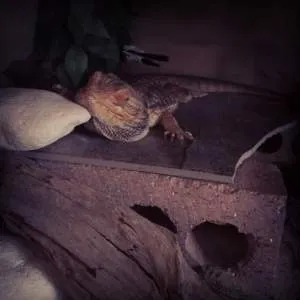
Avoid forcing your tarantula to eat if it’s refusing food. Force-feeding can cause stress and potentially injure the tarantula. The tarantula is conserving energy, and its digestive system is slowing down, so forcing food on it can lead to complications. Always respect the tarantula’s natural instincts and feeding behavior during brumation. Monitor its appetite closely, and don’t worry if it stops eating altogether, as this is a natural part of the process.
Overhandling
Minimize handling your tarantula during brumation. Excessive handling can cause unnecessary stress and disrupt the brumation process. Handle the tarantula only when absolutely necessary, such as for essential enclosure maintenance or health checks. Reduce handling to the absolute minimum to allow the tarantula to rest undisturbed. The tarantula is more vulnerable during this period.
Raising the Temperature
Do not raise the temperature to try to stimulate your tarantula to eat or become more active. This goes against the natural process of brumation and can be harmful. Maintaining a consistent, cooler temperature is crucial for the tarantula to successfully brumate. Raising the temperature can disrupt the brumation cycle and potentially cause health issues. Ensure you are consistently monitoring the temperatures and following the appropriate procedures to help your tarantula.
Post-Brumation Care
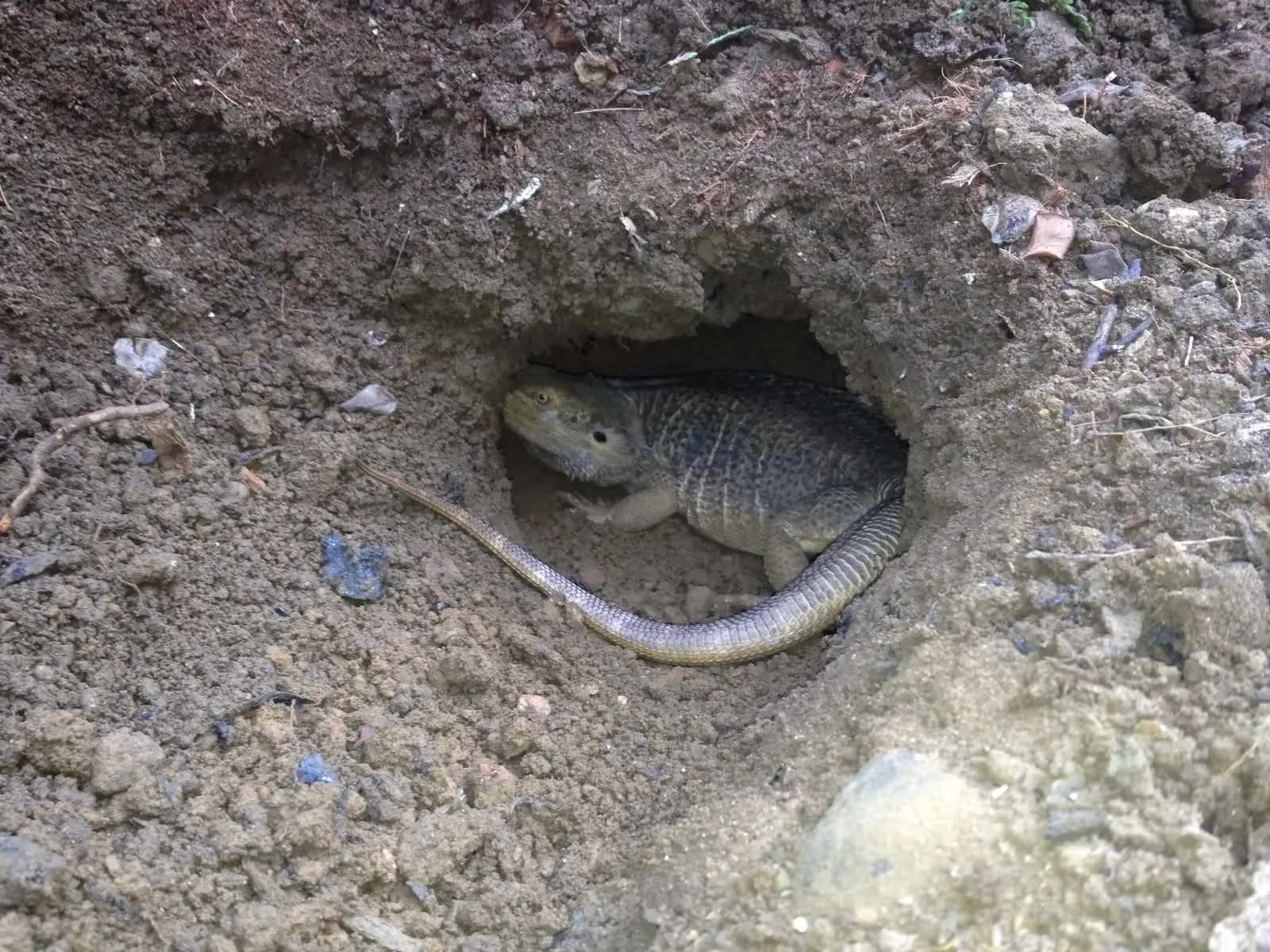
Once brumation is over, you’ll need to gradually reintroduce your tarantula to normal conditions. Careful monitoring and a slow return to normal care routines are essential to ensuring your tarantula resumes its healthy, active lifestyle. The transition process is as important as the brumation phase itself. Be patient and observe your tarantula for signs of readiness.
Gradual Return to Normal Conditions
Slowly raise the temperature back to its normal range. This gradual increase will help your tarantula adjust smoothly. Increase the temperature by a few degrees per week until it reaches the usual level. Monitor the enclosure temperature regularly to ensure it is stable and within the correct range for the species. Avoid any sudden temperature changes. This gradual warming allows the tarantula’s metabolism to normalize gradually.
Resuming Feeding
Once your tarantula shows signs of increased activity and appetite, you can begin to resume feeding. Start with small portions and observe its eating habits. If it eats readily, you can gradually increase the size and frequency of feedings over time. Make sure the food items are appropriate for the size of your tarantula. Continue to monitor your tarantula’s appetite and adjust its feeding schedule accordingly. Ensure you offer a varied diet of appropriate insects.
Monitoring for Molting
Keep a close eye on your tarantula for signs of molting. Brumation can sometimes be followed by a molt. Ensure the enclosure has the correct humidity levels and that there are no disturbances during the molting process. Providing a comfortable and safe environment is essential. After molting, the tarantula will be vulnerable, so avoid handling it. After a molt, it may take some time for the tarantula’s new exoskeleton to harden fully. Continue to monitor it closely for signs of any health issues.
Potential Problems During Brumation
While brumation is a natural process, there are potential issues to watch out for. Being aware of these problems will help you take preventive measures and provide the best possible care for your tarantula. Understanding these potential problems is essential for responsible tarantula ownership. Early detection and intervention can help to mitigate these risks.
Dehydration
Dehydration can be a serious risk during brumation, especially in dry environments. Monitor the tarantula’s hydration levels. Always provide fresh, clean water and ensure the humidity levels are appropriate for the species. Symptoms of dehydration include sunken eyes, lethargy, and a shrunken appearance. If you suspect your tarantula is dehydrated, lightly mist the enclosure with water, increase humidity levels, and provide extra water sources. Prevention is the best approach, so maintain the correct humidity and provide fresh water at all times.
Mite Infestation
Mites can be a problem in the tarantula enclosure, especially in environments with high humidity and organic material. Regular cleaning of the enclosure is essential to prevent mite infestations. Look for small, moving specks on the tarantula or in the substrate. If you spot mites, isolate the tarantula and thoroughly clean the enclosure. Mite infestations can cause stress and discomfort to your tarantula, so prevention is crucial. Using a clean, mite-free substrate and practicing good hygiene are essential for maintaining a healthy environment. Consult a veterinarian if the infestation is severe.
When to Consult a Vet
If you notice any signs of illness or distress during brumation, consult an experienced veterinarian who specializes in exotic animals. Symptoms to watch for include unusual lethargy, refusal to drink, or any visible signs of illness or injury. The vet can provide a proper diagnosis and recommend appropriate treatment. Early intervention is crucial to ensure your tarantula’s health and well-being. Having a vet check-up can ensure the tarantula’s health during brumation and rule out the possibility of illness. If you are unsure, consult a vet.
